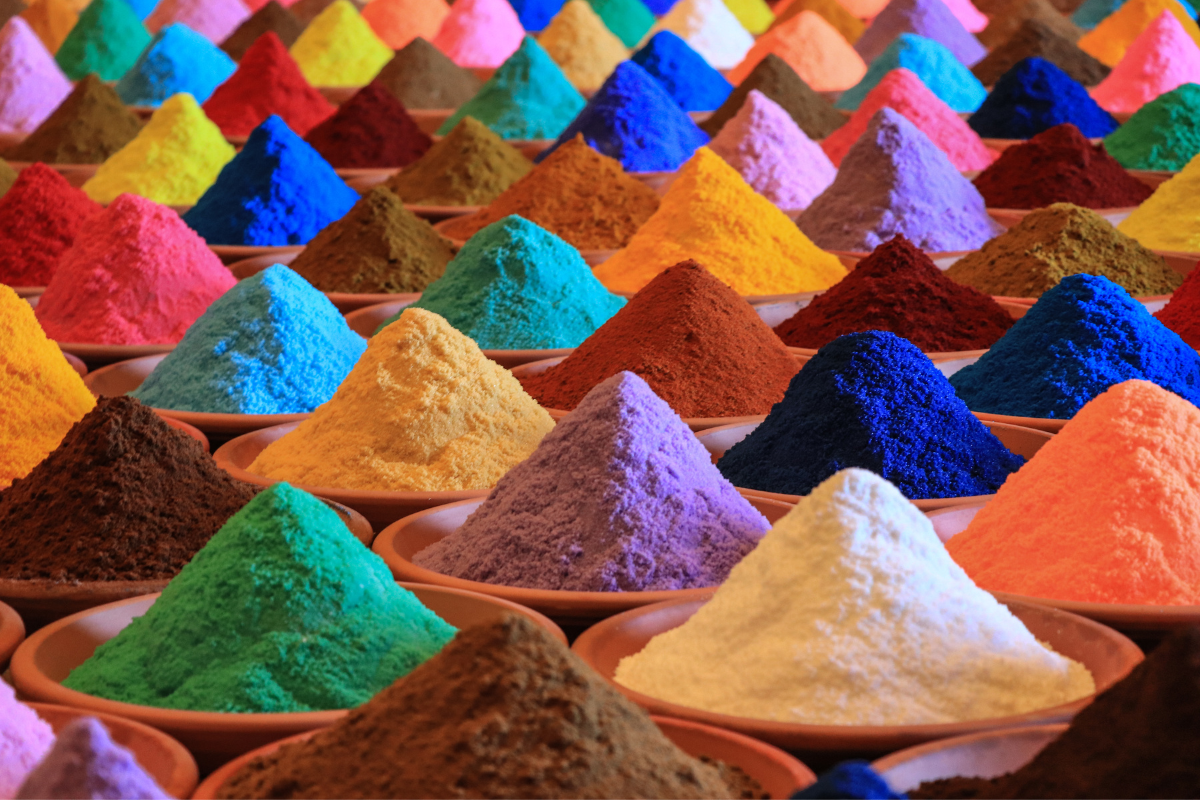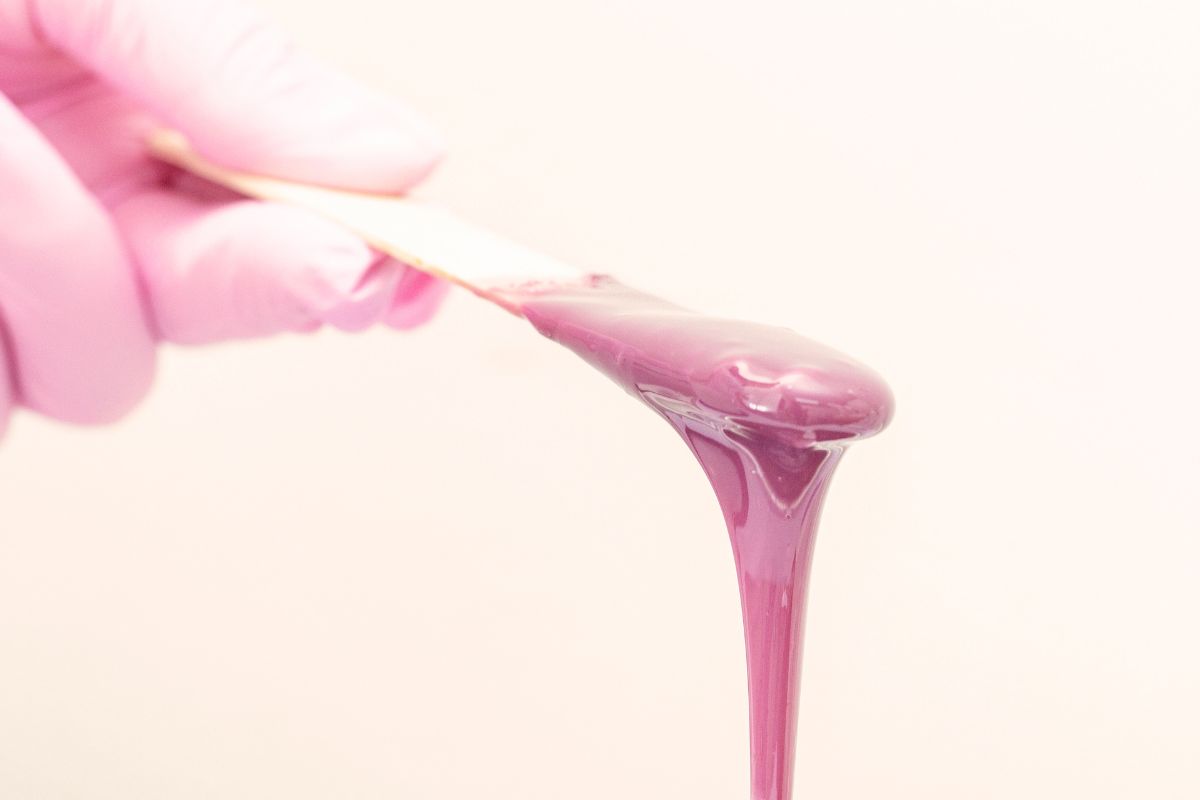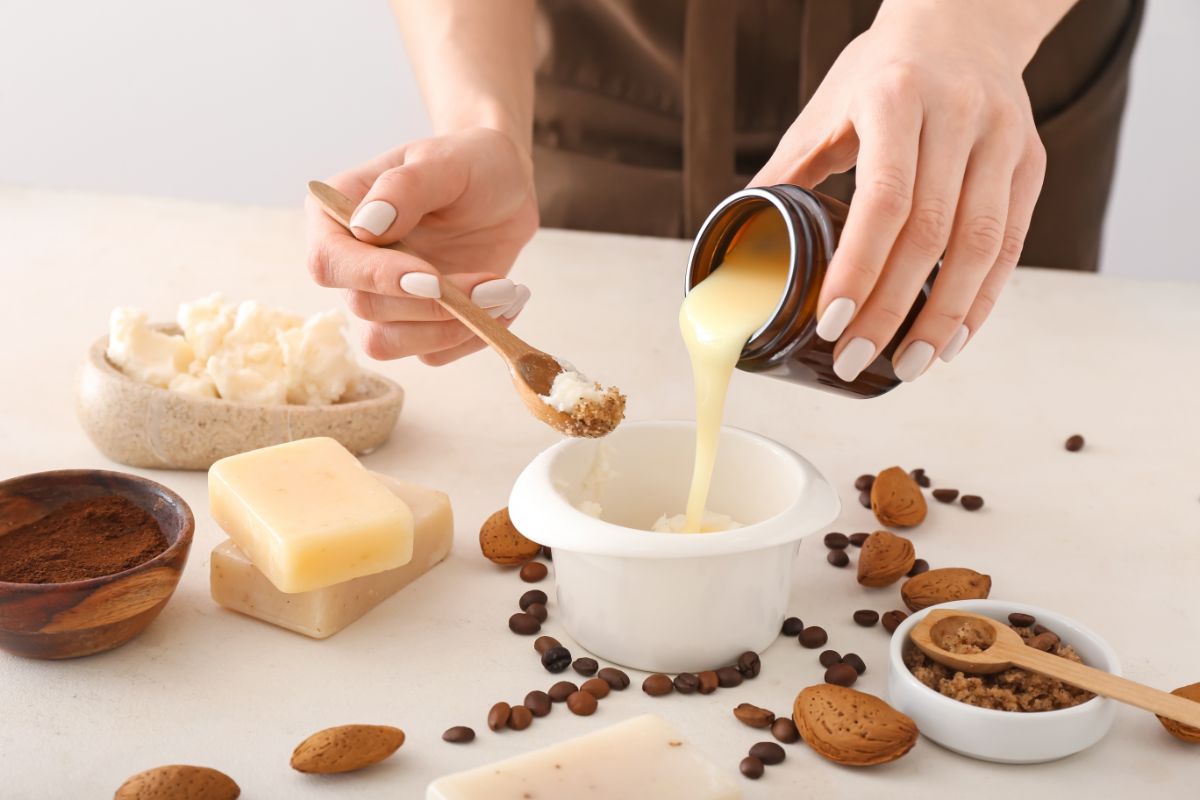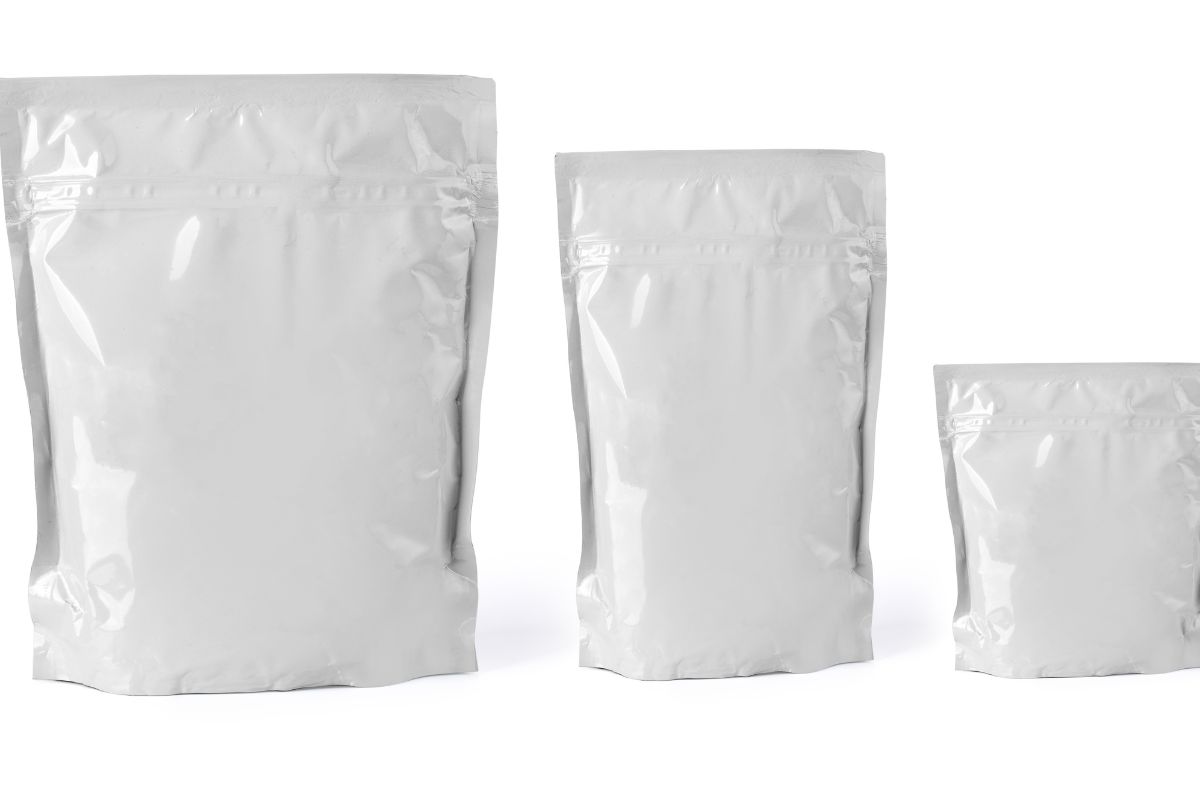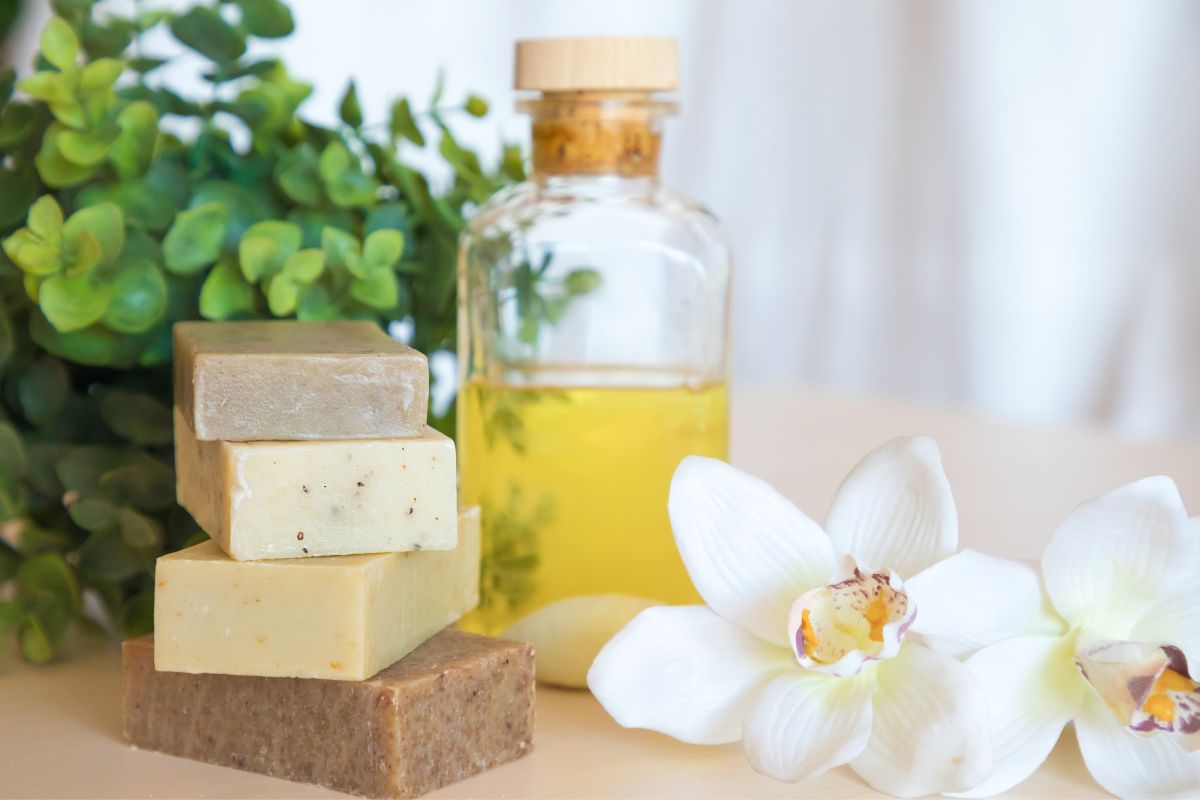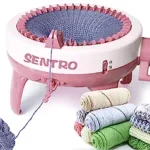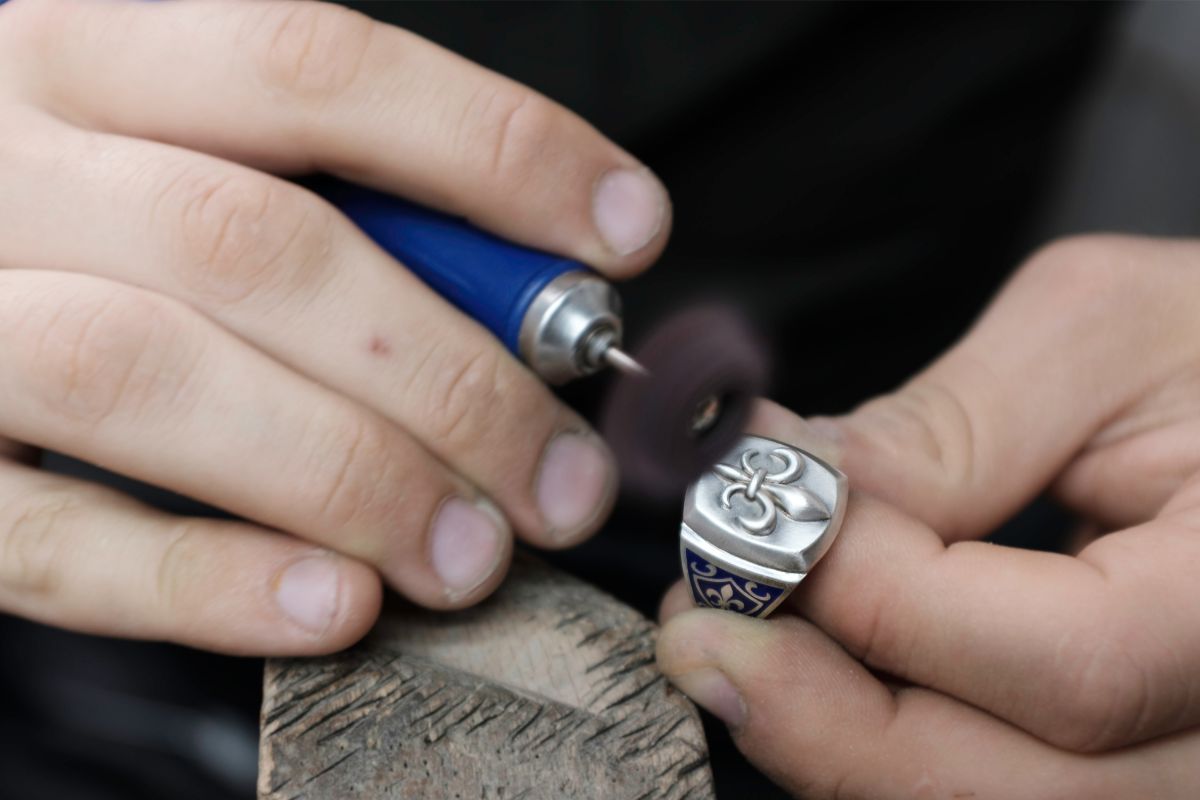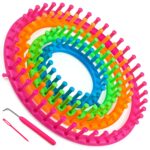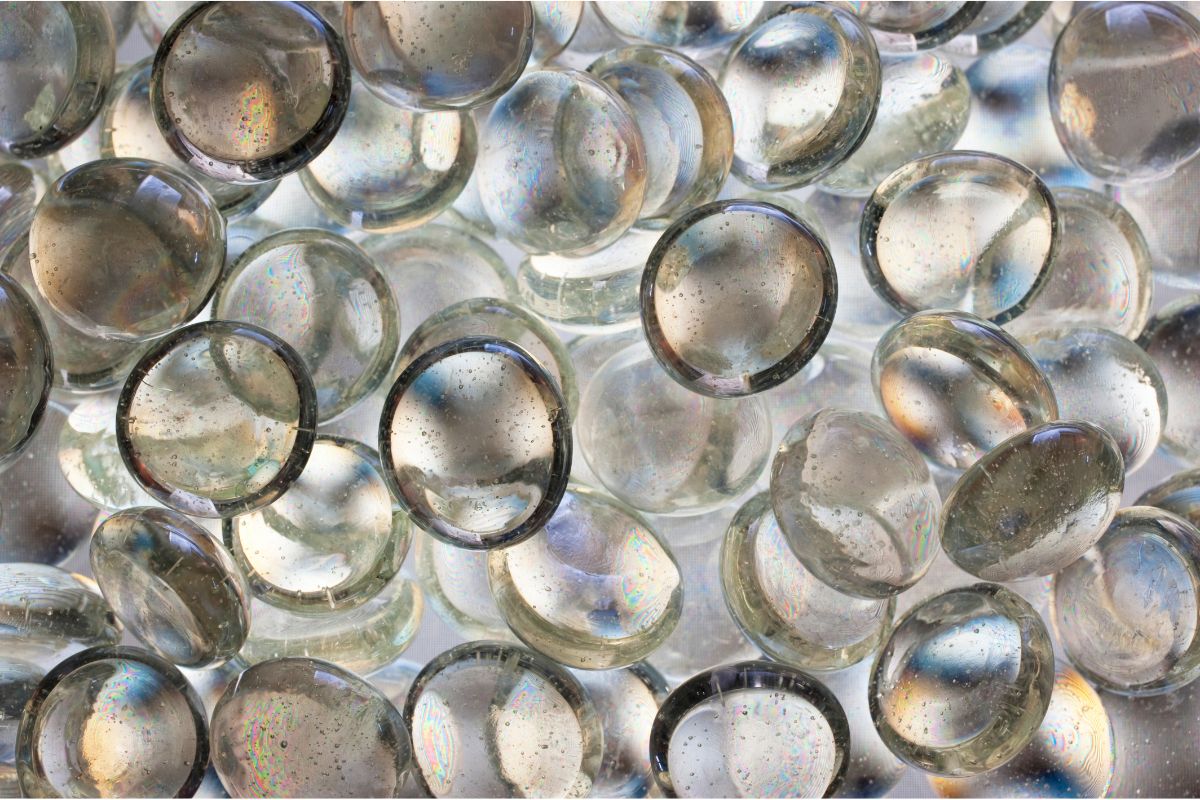When it comes to deciding whether Tempera or Acrylic paint is going to be the best choice for you to use, it can be quite difficult for you to choose the right one, as each one has different purposes, so it’s actually important to figure out which one is the one you need for your project!
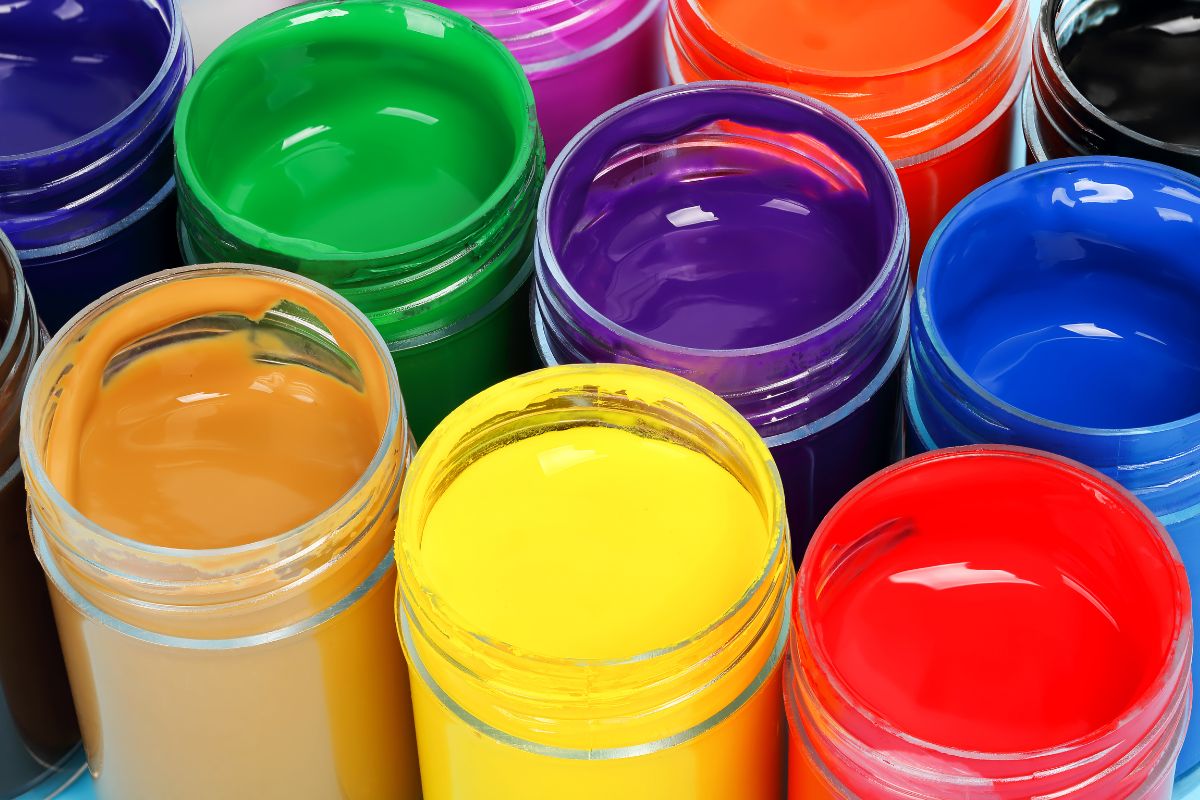
Although they have different uses, there are actually some similarities between Tempera and Acrylic paint, and the history between the two types of paint is actually incredibly interesting.
So, if you want to know more about these two types of paint, including what their similarities are, what their differences are, and what they are most often used for, then keep reading onwards, and we’ll tell you all you need to know about Tempera and Acrylic paint.
Tempera Paint And Acrylic Paint Composition
When it comes to looking at the differences between Tempera and Acrylic paint, many people would assume that the composition of these two paints is completely different, however, this isn’t necessarily the case.
In fact, what you might not know is that the base for both Tempera and Acrylic paint is actually the same, as both of these paints are water-based paints.
However, if you’re looking for more similarities between the two paints, that’s actually where they end, so they are incredibly different.
Tempera paint has an incredibly unique composition and is composed of color pigments (which help to change the color of the paint), H20 (water), egg yolks (weird, we know), and sometimes casein, which is a milk-based protein.
This will explain why you might have seen a painting that has the medium listed as “egg tempera”, since the egg yolk acts as the binding material for the other components.
On the other hand, most Acrylics tend to be made up of a special synthetic polymer compound as well as a gum arabic binder, which is why acrylic paint is known for having such a permanent and flexible composition.
As you can see, there’s even a large difference in the composition of the two paints, which is why they’re used for such different purposes and applications.
But, if you want to know about even more differences between these two popular paint options, then the next section covers that too!
Key Difference Between Tempera Paint And Acrylic Paint
When trying to explore all of the differences between Tempera paint and Acrylic paint, there are quite a few to go through, however, the key one that most people talk about is their permanence!
Tempera
Tempera paint is actually a reactivatable type of paint, which means that when you’ve painted using Tempera, and you then add water to it again, it can be washed away.
It’s why you’ll often see Tempera referred to as a “Semi-Permanent” paint. Because it’s water-based, Tempera paint dries really fast, but there’s no need to panic if you accidentally spill some, as it can be removed easily.
Tempera paint is usually available in two different forms, either in a tube or cup, as a sort of cake of paint, which when used, has a creamy and liquid consistency, which is also semi-opaque.
The finish of Tempera paint tends to be fairly matte and chalky, which is why it isn’t as popular as Acrylic paint, which can have a variety of different finishes.
The lightfastness of Tempera paint also tends to be a lot lower than Acrylic paint, which means that it will fade a lot more over time.
Acrylic

On the other hand, Acrylic paint is well known for being permanent, and also dries really quickly, which can cause quite a panic if you happen to spill some on a surface accidentally, and once it’s dry it will be a tough job to try and remove it too.
This is because although Acrylic paint is also water-based, once it has dried it’s great at resisting water or solvents and it almost turns into a plastic type of material.
This is why you should always ensure that you wash your acrylic paint brushes immediately after using them, otherwise they’ll harden and will be ruined.
Acrylic paint’s consistency is still slightly creamy, but is also much thicker, which is why it’s not uncommon to see some painters thin it out using other solvents, mediums, or retardants.
You can also buy a type of Acrylic paint called fluid Acrylic paint, which is much thinner than the usual kind, and is also more viscous too, which makes it great for projects that involve pouring acrylic!
Acrylic paint’s finish is usually semi-glossy once it has dried completely, but if you’re not a fan of this shine, you can always use other mediums alongside the acrylic paint to help create a different finish, which is why acrylic paint is available in a variety of different finishes!
So you can even choose from matte acrylic, metallic, or even iridescent acrylic paint if you wanted to!
The lightfastness of Acrylic varies from brand to brand, and on the finish too, most Acrylic paint packaging will provide you with a form of indication of the lightfastness of the paint, which will allow you to decide which paint to use.
The rating goes from I – Excellent Lightfastness to III – Not Sufficiently Lightfast, so it’s up to you to decide which is best.
What Are They Used For?
When deciding which of these paints you are going to use, it’s important to consider exactly what you’re going to be using it for, as well as the type of surface you’ll be using the paint on, and how permanent you want the results to be.
You’ll often see Tempera paint used throughout various different art and crafts projects, including things such as finger painting, or paper-mâché.
Whereas Acrylic paints tend to be used more for painting on things like paper or canvas, there’s also another way of using acrylic paint, which is through a method called acrylic pouring, which is super fun to do as long as you don’t mind a mess.
Tempera paint is often found in schools as it is non-toxic and is composed of food-grade ingredients, so it’s safe to be around children that might suddenly decide to put it in their mouths, plus it’s much easier to wash off if it gets spilled on accident, and knowing children, it probably will be!
However, there are also non-toxic Acrylic paints available, but since Acrylic paints are more permanent, many people who paint with young children tend to steer clear of it, as it’s harder to wash off surfaces.
So, depending on the sort of project you’re working on, it should become apparent whether you can use Tempera paint or Acrylic paint, but as a general rule, if you want a paint that is going to be permanent, and provides resistance against being washed away, then opt for Acrylic paint.
Can You Mix Acrylic And Tempera Paint?
You might be wondering what happens when you mix Tempera paint and Acrylic paint together, or even if it’s possible for you to mix the two together at all, so what’s the answer?
Well, unfortunately, when you mix the two together, nothing particularly exciting happens at all, it doesn’t provide any super unique or secret consistency, and will actually cause your paint to dry horribly due to both paints having different finishes, which is why people don’t tend to mix the two paints together at all.
Summary
As you can see, other than both paints being water-based, the differences between the two are incredibly vast, which is why it is so important to know exactly which paint is going to be best suited for you and your project!
- Cricut Hat Press: A Comprehensive Guide on Usage - August 13, 2023
- Unlocking Creativity with the Cricut Joy: A Comprehensive Guide - August 12, 2023
- The Ultimate Guide to the Cricut Maker Bundle - August 11, 2023

